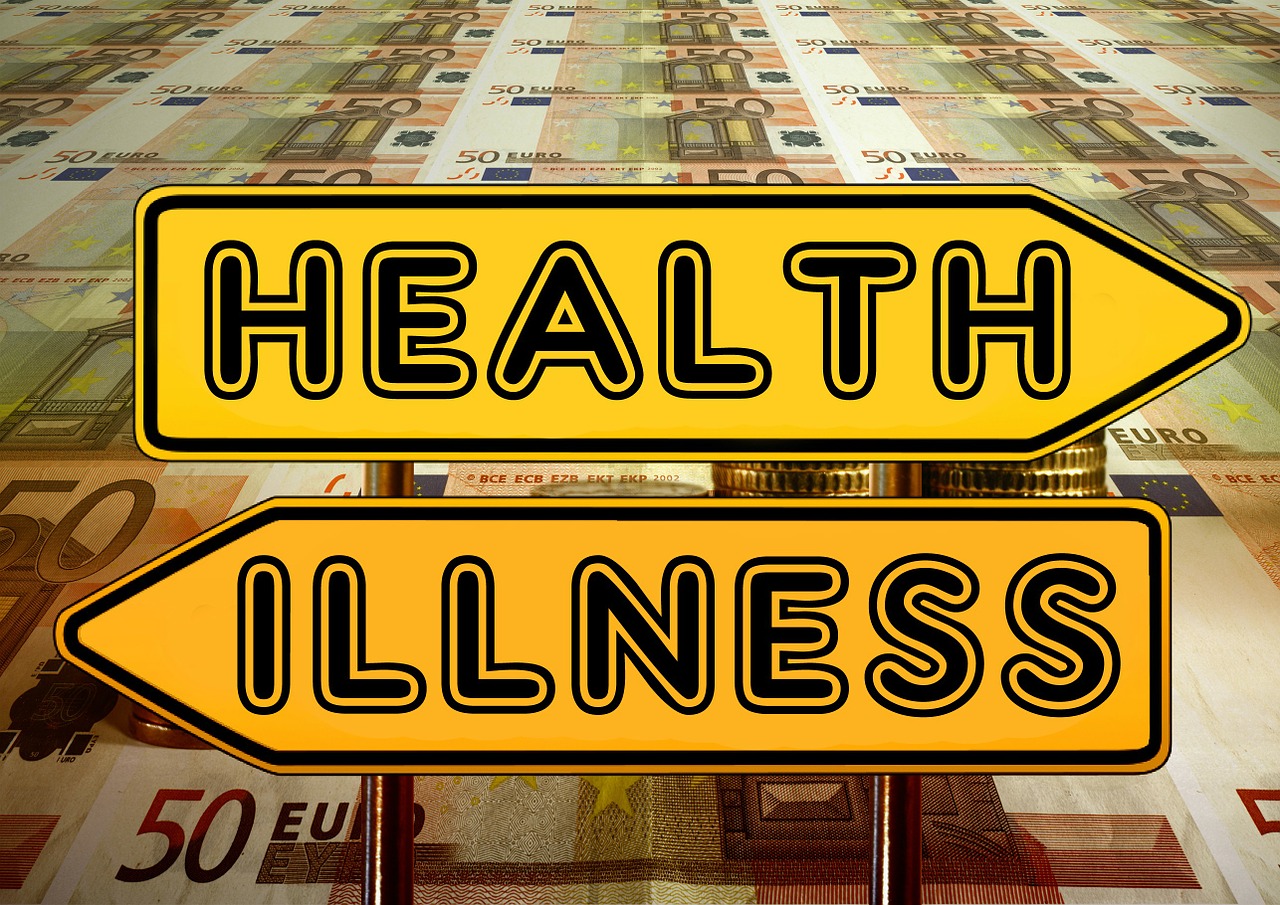Smokers may pay higher premiums for their health insurance. This is because insurers must pay for the cost of future medical expenses. Moreover, smokers tend to have a higher risk of certain medical conditions, such as hypertension. Smokers may also face exclusions from their health insurance policies.
Smoking causes higher premiums for health insurance
Health insurance companies are increasingly charging smokers more for health coverage than non-smokers. The problem is that smokers are less likely to enroll in health insurance plans than non-smokers, and this is critical for universal coverage and risk pooling. To combat this trend, insurers are considering changes to tobacco surcharges.
Health insurance companies must offer coverage to smokers, but they charge smokers higher premiums to cover the cost of future medical expenses. Smokers also have more medical risk factors, and these factors will make health insurance more expensive for them. Smokers are also more likely to have pre-existing illnesses or conditions such as hypertension.
In addition to the higher premiums caused by tobacco use, smokers may be subject to an employer-mandated tobacco cessation program. Despite the health benefits offered by tobacco cessation programs, smokers may still face higher premiums.
Exclusions of smoking-related ailments from coverage
Employers are beginning to limit health insurance coverage for smokers. However, such restrictions may prove difficult to enforce. Individual smokers may have some success in winning benefits from their health plans, but their success will only encourage health plans to drop smokers as a group. Even though the law allows employers to exclude smoking-related ailments from their plans, enforcement will be difficult for plan administrators. Employers should also be aware that this type of exclusion is permitted under ERISA.
A smoker can expect to face exclusion from coverage for some common illnesses, such as respiratory illness and cancer. Insurers typically require a minimum of two years to cover these diseases before allowing smokers to receive coverage. Insurers also require a medical exam to assess if the smoker is likely to contract an illness that may be prevented by quitting smoking.
CDC data show that smoking-related diseases and illnesses cause 480,000 premature deaths each year. This figure does not include deaths caused by other forms of combusted tobacco such as pipes and cigars. Additionally, each person who dies from a smoking-related illness is responsible for the death of 30 people.
Cost of smoking to the nation
Smoking has many costs ranging from out-of-pocket expenses to increased homeowner’s insurance premiums. In addition to health-care costs, there are also the costs associated with secondhand smoke exposure. For example, the cost of a heart attack or stroke caused by smoking could cost $26,000 to $66,000. Furthermore, the costs associated with the use of emergency rooms for a smoker can increase the cost of life insurance by up to three times.
The study also found that smoking accounts for a large portion of U.S. healthcare spending. About half of the cost is directly attributable to tobacco use and related illnesses. Non-inpatient care accounts for the remaining four percent of spending. The study was based on two national surveys that collected data on healthcare costs. Unlike previous studies, the researchers did not include costs related to the use of other tobacco products and secondhand smoke.
According to the Centers for Disease Control and Prevention, the cost of smoking is 226.7 billion dollars annually in the U.S. and is responsible for nearly 20% of all U.S. deaths. The costs associated with smoking are particularly high for diseases with the highest excess risk. Overall, smoking-related diseases account for about 19 percent of the national health care expenditure for men and only 12 percent of the cost for women. However, the relation between smoking and other diseases is inverse.
Cost of having health insurance for smokers
In the United States, health insurers can charge smokers up to 50% more than non-smokers. This surcharge, known as a tobacco rating, is justified as an increased risk for insurers. The law also allows states to opt out of this policy. Some states have chosen to lower their tobacco rating and do not charge smokers at all.
In New York, health insurance companies have been pioneering policies to provide coverage to smokers. They are figuring the rates based on the cost of providing health care in the community and on each individual’s history. For example, a smoker may have a higher risk of developing heart disease than someone without a smoker’s history.
The effect of tobacco surcharges on smokers’ health insurance coverage was not statistically significant. However, the smokers who faced a high surcharge exhibited significantly lower coverage than those who faced low surcharges. In addition, smokers who received low surcharges exhibited less smoking. Therefore, a tobacco surcharge should be considered carefully before implementing one in your state.



